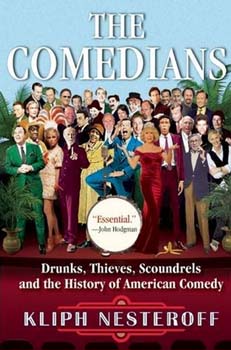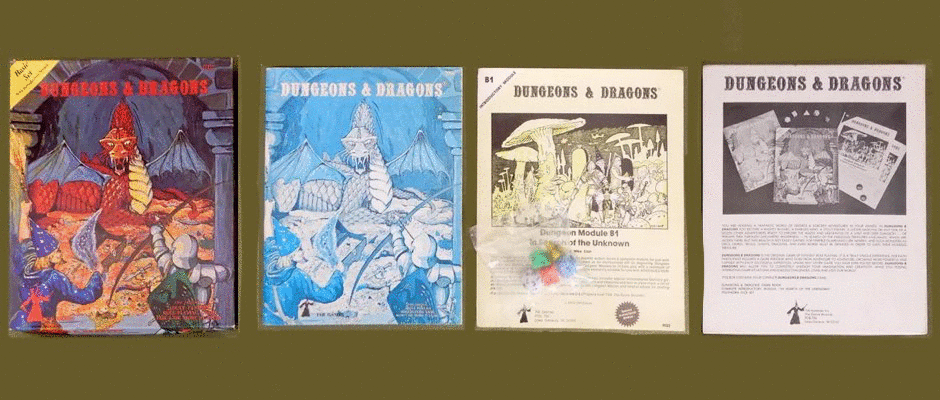
An awesome “Comedy History 101” book that covers all the bases on how stand-up became not just an art form but a dominant form of entertainment in the Twentieth Century.
Nesteroff takes a chronological approach, explaining the evolutionary changes:
- Vaudeville (and Burlesque): these venues die out in the Great Depression, not due to radio but people lacking disposable income to go.
- Radio: Vaudeville acts have to start making new material and cut back on their joke stealing.
- Nightclubs: Here the Outfit is in control.
- Television: Comedy began as something regional (geared mostly toward New Yorkers) but as more households acquired televisions, acts like Milton Berle’s failed due to the audience’s makeup changing, it becomes more WASPish.
- Late Night: Mostly a history of The Tonight Show before Johnny Carson hosted for 30 years.
- Emergence of Las Vegas: More of the Outfit until Howard Hughes pushed them out with corporations, aka the Republican Mafia.
- Stand-up’s Great Change: This is around the Fifties with coffee houses. One shining star was the late Jonathan Winters.
- The Mid-Sixties: The rise of Lenny Bruce, George Carlin and Richard Pryor to name a few. Plus Black comics make inroads via Redd Foxx.
- Hippie Madness: The Sixties close out with Hippie influences like Laugh In, Cheech & Chong and comedy troupes.
- The Seventies: Here is the rise of famous comedy clubs like Dangerfields, The Improv and The Comedy Store. Of course there’s the elephant in the room, SNL.
- The Eighties: This is often known as the Comedy Boom since clubs began to proliferate all over the US and Canada; all due to HBO, Showtime and syndicated programming creating a larger demand.
- The Nineties: Here I would say is the rise of Comedy Central and another wave of late-night shows.
- The New Millennium: Where we are now with comedy flourishing through YouTube, Netflix, podcasts and other ways comedians can get in touch with their audiences more directly as the major broadcast networks decline.
I learned so much about what the earlier careers of beloved entertainers were like. For example, there were originally five Marx Brothers; Blackface was still in vogue as late as the early Thirties and was utilized by Bob Hope and Mae West; Comedians of many stripes have always despised Jerry Lewis and Bill Cosby; and I never knew Dick Cavett was a writer for The Tonight Show; Where the terms “working blue” and “stand-up” originated from; Lastly, joke stealing had been rampant long before the feuds between Carlos Mencia and Joe Rogan or Bill Hicks and Denis Leary (sadly not covered ).
My only criticism is how the book rushes through the last three chapters. There was a lot happening then and in response to my tweet to Kliph, he said the book couldn’t be amended for another generation. I’m figuring, within a couple decades, we can find out more about what really happened during the Boom which propelled Sam Kinnison, Andrew Dice Clay, Roseanne Barr and Eddie Murphy.
I highly recommend this book. Even if you’re a casual fan of stand-up. It was a hard book to put down. My friend Helen accepted a copy as a Christmas gift, so Kliph has done a fantastic job, she’s very particular. Comedians won’t make you an expert but it’ll give you a great start before you dive into the more detailed bios of Sid Caesar, Mae West, Milton Berle or Lenny Bruce.
